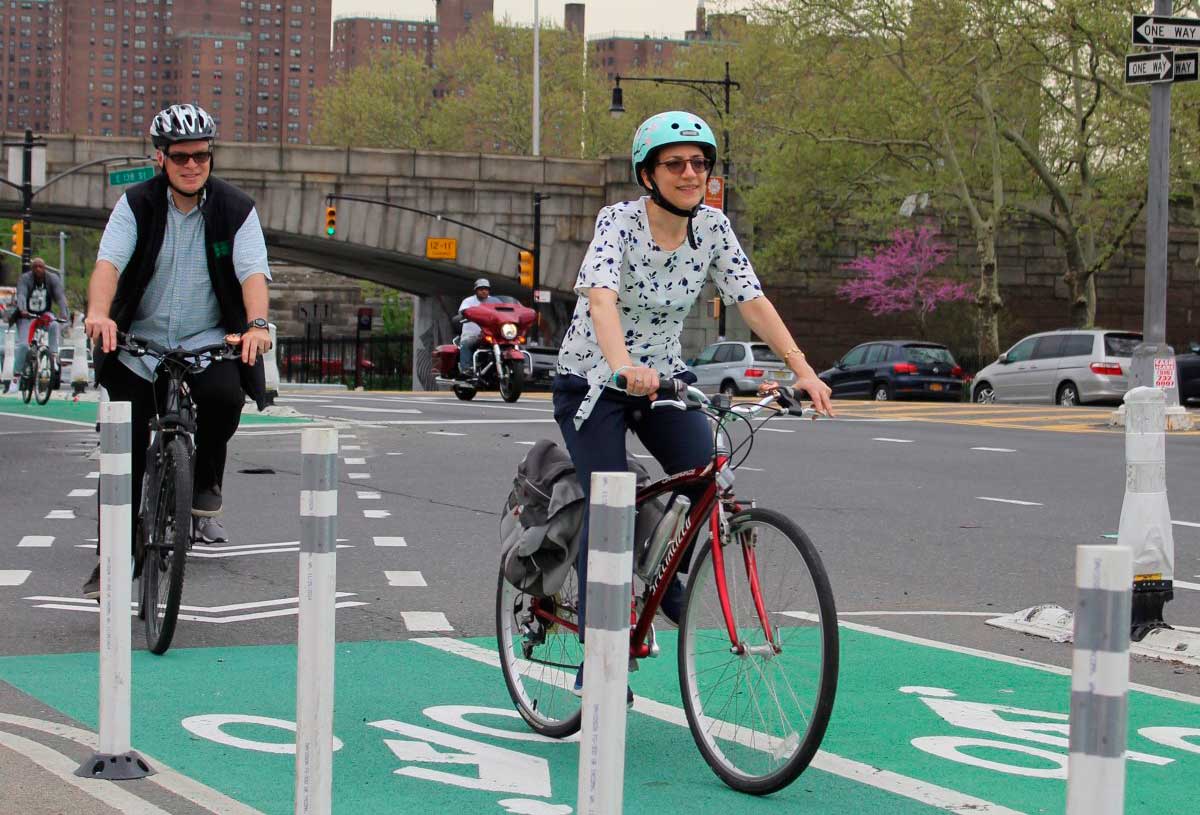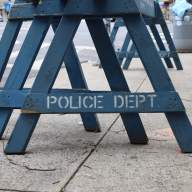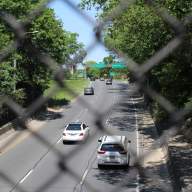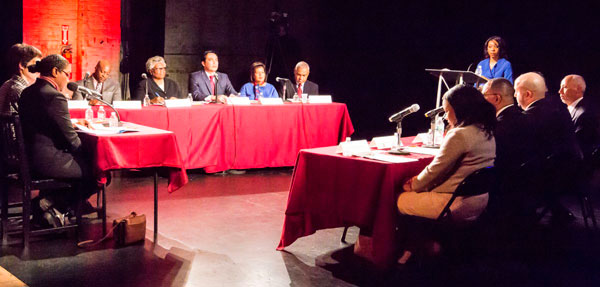Walkers and bikers alike, rejoice!
A new set of bike lanes on the approach to the Madison Avenue Bridge were unveiled on Friday, May 4, in an effort to make the bridge safer for all users.
“We take for granted on every street in the city, we can drive, walk or cycle, and our bridges should be the same,” said NYC Department of Transportation Bronx commissioner, Nivardo Lopez.
The two adjacent protected bike paths, placed on the east side of the street, begin from the East 138th IRT #4 and #5 train station and lead to the pedestrian pathway of the bridge that crosses the Harlem River into Manhattan.
In the future, DOT plans to expand the bike lanes over the bridge and connect them to existing lanes in Manhattan.
“We’re doing a bunch of things to humanize these streets and bridges and make them feel safer,” said DOT commissioner, Polly Trottenberg.
The lane additions are part of the larger plan to expand bike lanes and pedestrian space connecting the Bronx to Manhattan, unveiled after the ‘Connecting Communities: A Vision for the Harlem River Bridges’ report was released.
These include the nine DOT controlled Bronx-Manhattan connectors like the Broadway, University Heights, Washington, Macombs Dam, 145th Street, and Third Avenue bridges.
When the Harlem River Bridges were created, they were only intended for vehicles, with pedestrian and cyclist use considered as an afterthought, according to Trottenberg.
In 2015, the DOT conducted surveys to check the demand to make changes along all the Harlem River Bridges.
In their research, they counted more than 2,000 cyclists and pedestrians, at the Madison Avenue Bridge alone, crossing during peak travel hours.
The plans for all these locations are not expected to dramatically interrupt existing traffic patterns or take away any parking spaces, according to the DOT.
Instead, the additions and expansions of the protected pedestrian walkways and bike paths were created by utilizing the extra roadway space from previously wider-than-necessary vehicle lane and the buffer zones.
“The Bronx and this neighborhood is coming ahead and burning with pride,” said Freddy Gonzalez, who also helps run La Finca del Sur, the farm on East 138th Street and Grand Concourse.
As part of the overall DOT project, the street in front of the farm was transformed months before the bike lane unveiling.
The changes included blocking off the buffer zone in front of the farm, to stop cars from illegally parking there and adding new crosswalks for a more direct connection from the train station to the farm.
Improving the physical connectors between the boroughs are only part of the plan, as the DOT also hopes the smaller completions of the projects will encourage walking and biking as a means of bettering physical health.
Most of the project does not yet have set completion dates as pedestrians have been encouraged to try crossing at the Third Avenue Bridge, and routing cyclists for the time being, to the bike lanes at the Willis Avenue bridge, which were completed in 2016.
The full project is expected to cost about $90 million, a price covered primarily under existing DOT programming.






















